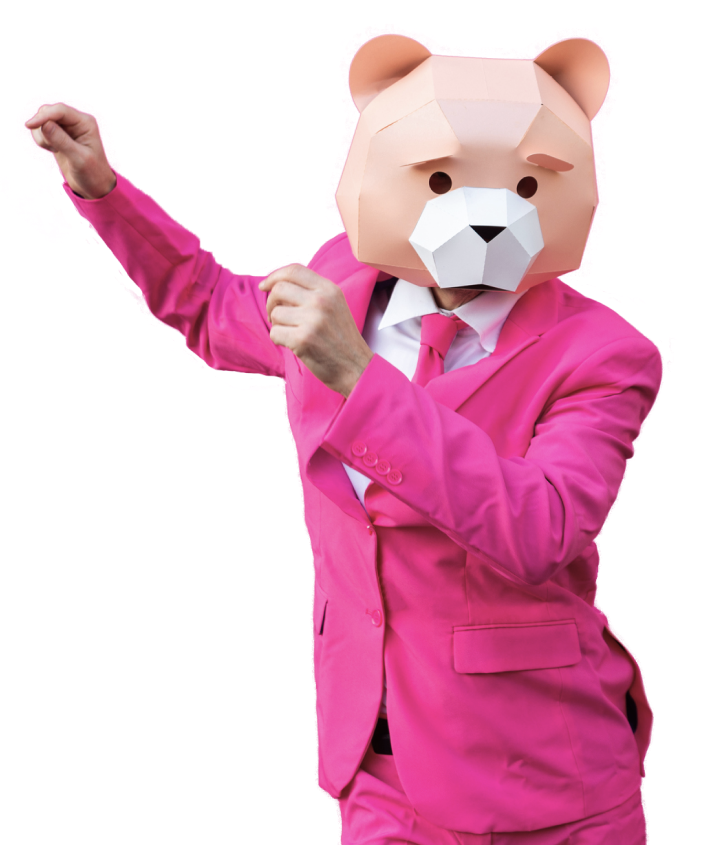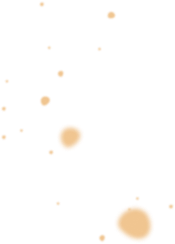The pursuit of purpose
How the pandemic has changed consumers' approach to life
 SCROLL FOR MORE
SCROLL FOR MORE
How the pandemic has changed consumers' approach to life
 SCROLL FOR MORE
SCROLL FOR MORE
 WATCH OUR SUMMARY VIDEO
WATCH OUR SUMMARY VIDEOThis is how many days we’ve got from becoming an adult to reaching retirement.

Put that way it doesn’t seem that long and if there’s one thing the pandemic really brought to the fore it’s that time is too short and fragile to be wasted. Cliché or not, we’re increasingly seeing this mentality manifested in consumer attitudes and their view of the workplace.
The pandemic not only changed how we work, but why we work as well. Employees are increasingly concerned with how they can make those 16,790 days worth their time. Nailing that should be the priority of every business striving to be on the winning side of the talent war in the year ahead.
The “Great Resignation”, whereby a record number of employees leave their jobs post-pandemic, doesn't just have implications for employers. The changes in attitudes we’re seeing should be reflected in future ad campaigns too. For B2C brands and marketers, this is a great opportunity to support consumers' pursuit of purpose and rethink the way you speak to your audience. Encouraging consumers to step out of their comfort zone and design campaigns that inspire and nurture a sense of limitless possibilities will be key.

For better or worse, the pandemic prompted us to hit the reset button in many different parts of our lives. It acted as a catalyst not only for business and digital innovation but somewhere in the background it spurred a form of personal innovation too. At one point all we had was time to reflect and reassess our priorities and find out what ultimately makes us happy. Though this kind of soul-searching isn’t unheard of, especially following a traumatic event, what we’re seeing today are seismic changes in the collective mindset.
% change since Q2 2020 in U.S. consumers who say the following describes them
We’ve seen U.S. consumers in the past year feeling bolder, more adventurous, and empowered. Meanwhile, there’s a diminishing need to be careful and responsible, especially with finances - something that’s also driven by a 55% increase in consumers feeling more optimistic about their personal finances since Q2 2020.

increase in consumers feeling more optimistic about their personal finances
Our Zeitgeist research paints a similar picture - treating oneself and indulging is in the top three things that have become more important to consumers in the past year (39% say this), behind saving money (53%) and spending time with loved ones (47%). This type of hedonistic mentality even takes top priority for consumers in markets like France (55%) and Italy (49%), signaling a pent-up desire to give in to temptations.
In practice, this may mean a number of things – from letting go of the safety net and normalizing quitting to pursuing new experiences, ventures, and passions. One fruitful way for brands and marketers to stand out in the year ahead would be to align their messaging and tone of voice with this new outlook. “You only live once” (YOLO) campaigns that nurture consumers’ new aspirations are likely to resonate the most.
Brands like Lexus and PlayStation are already jumping on the bandwagon. With its latest “No ceiling” campaign, Lexus inspires its audience to “let go of the wheel” and come up with new ideas. PlayStation conveys a similar message through its “Play has no limits” ad aiming to challenge the status quo of the real world and present them with new horizons in the virtual world.
Brands in the travel sector should be presenting vacationers with equally exciting possibilities. Now’s the time to take advantage of an increasingly adventurous mindset and rising consumer confidence. In a bid to revive tourism, Visit Dubai’s “A brand new you” campaign encourages its audience to rediscover themselves by exploring the city’s biggest attractions.
% of TikTok users in the following regions who say they use the platform to post/share videos
Nurturing people’s creative genius is also a strategy worth investing your marketing spend into. Consumers are increasingly using adjectives like “creative” and “talented” to describe themselves. It’s hardly a coincidence that, at the same time, logging into TikTok every day has increased by 54% outside China since the end of 2020. With “posting/sharing videos” being one of the most rapidly growing actions on the platform in each world region, encouraging user-generated content is what you should double down on in the next year. What could be a more powerful way to entertain while spreading the word than turning your audience into your influencers?


Such strategies can work wonders even in more old-school sectors like education. Osloskolen in Norway, for example, encouraged students to create content for the school under the hashtag #YourPath, resulting in just under 5 million views and 100% exposure to the target audience. Samsung has jumped on something similar with its “Unfold your world” campaign, where creating and elevating content is highlighted as the device’s key selling point.
Regardless of your industry - gaming, automotive, electronics, travel - the pursuit of purpose is a journey, so bring your customers along with you, and empower them to dream and create.
This mentality is also manifesting in the workplace. But understanding the real picture is somewhat blurred by what look like exaggerated statements about mass workplace exodus. Yes, the pandemic created uncertainty during which people tend to stay put, inevitably leading to pent-up resignations when confidence spikes back up.
In fact, our GWI Work data set across 17 markets confirms that 32% of professionals are likely to search for a new job in the next six months – a figure primarily driven by younger age groups.
At the same time though, job satisfaction levels haven’t really changed since last year and remain as high as 77%, meaning professionals don’t necessarily quit because of an underlying problem, but because they simply want a change. Post-pandemic, security and stability are no longer enough to keep employees content.
Put simply, to an extent, professionals have been sheltering in their jobs and a lookout for new opportunities is inevitable as economies recover. Whether they’ll actually take the leap depends on 1) how well operational challenges arising from new workplace arrangements are managed; and 2) how well businesses adapt to the fact that people demand more than just a life of making a living.
% who say the following about their experience of remote working and their day-to-day working practices
Though not denying its numerous benefits, WFH stripped our work life of socializing and collaborating. It wasn’t long until screen fatigue became a thing and workers became more conscious of interacting with their colleagues. Among the most common challenges WFH professionals face are difficulties communicating and bonding with colleagues (24% say this), something that’s on par with having trouble disconnecting from work.
And even though professionals might not outright admit it, we see a strong link between new work arrangements and employee turnover. Those looking for a new job in the next six months are much more likely than average to feel more stressed while WFH, to work longer hours than before, and to feel detached from the overall vision. Meanwhile, those working at their company’s office are actually less likely to be looking for new jobs.
As workers feel increasingly empowered to explore new opportunities, failing to address such challenges at this point could mean facing a drop in productivity, morale, or a full-on spike in employee turnover. Whether that’s through hybrid and flexible work arrangements, 4-day working weeks, or extra time off for mental health, these are all hurdles of the past year employers should already be prioritizing. The other part of the equation, and the real differentiator in the year ahead, will be nailing the post-pandemic worker mentality.


The newly revitalized YOLO mentality we’ve seen with consumers manifests itself in the workplace through the search for meaning and happiness. Those looking to quit their jobs are 36% more likely than average to want to do more meaningful work and 31% more likely to want work that makes them happier.
The bottom line is employers need to reduce the mundane tasks typically given to younger employees and focus on nurturing a sense of fulfilment and purpose. Long gone are the days when the hours clocked are more valuable than the results produced. Creating a culture where employees are given the freedom to blend their passions with their work, regardless of seniority, is key.
People feel empowered and confident to challenge the status quo and pursue what truly brings them joy, even if that means sacrificing stability. A whopping 74% of job hunters are actually satisfied with their current role, meaning the desire for novelty trumps security. Working just for the sake of it is now largely seen as a waste of valuable time.


Whether in a professional or consumer context, people are ready to let go and live life to the fullest. Following a year of staying put and abiding by the rules, the pursuit of purpose has kickstarted again - this time with fulfilment and adventure at its core. B2C brands have a unique opportunity to make the most of this impetus by designing campaigns that not only celebrate consumers’ creative genius but also utilize it. Encourage their pent-up desire to explore new horizons and nurture their sense of hedonism. 2022 is promising a roller coaster and your customers can’t wait to hop on; make sure you grab a seat.
